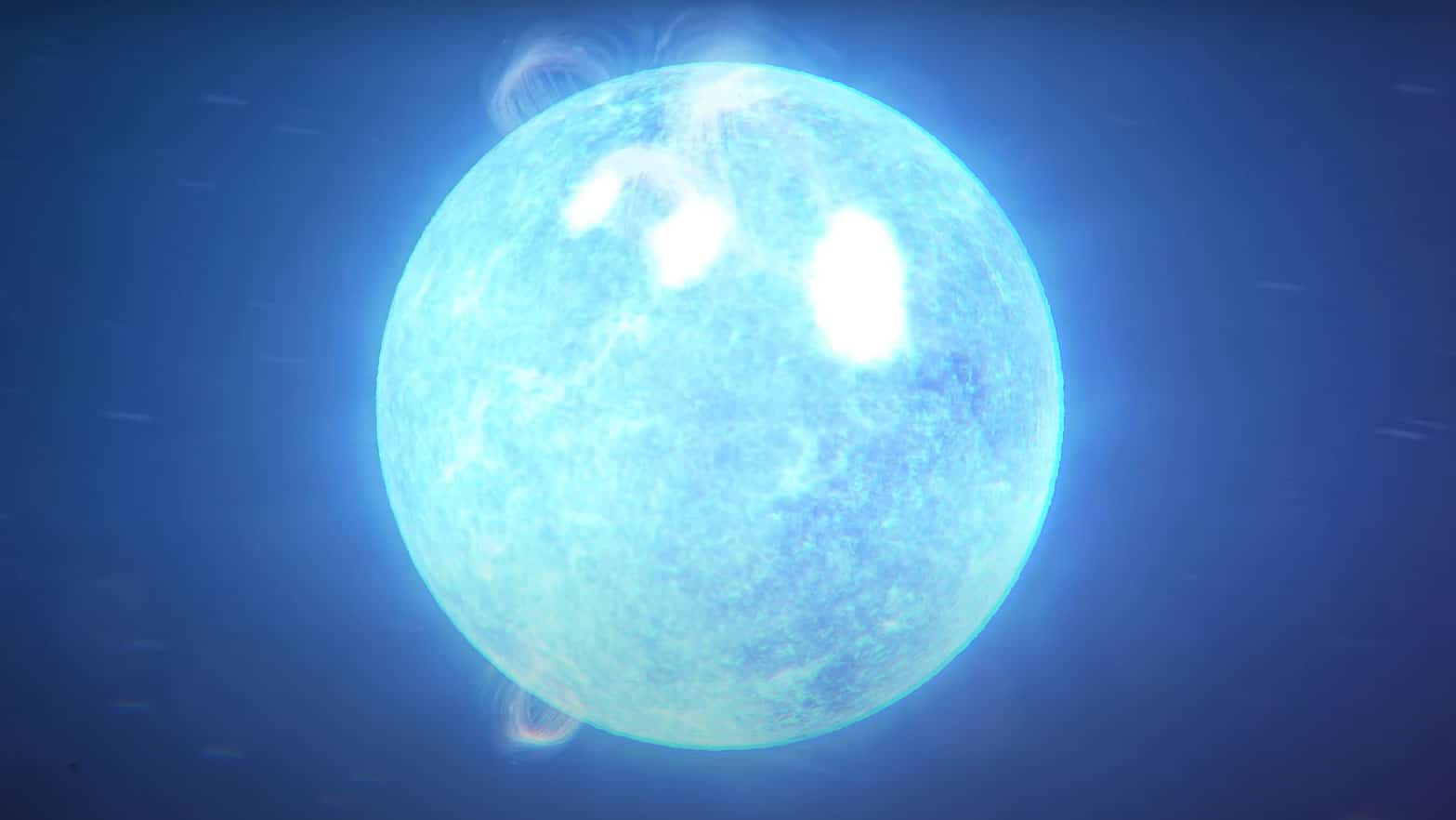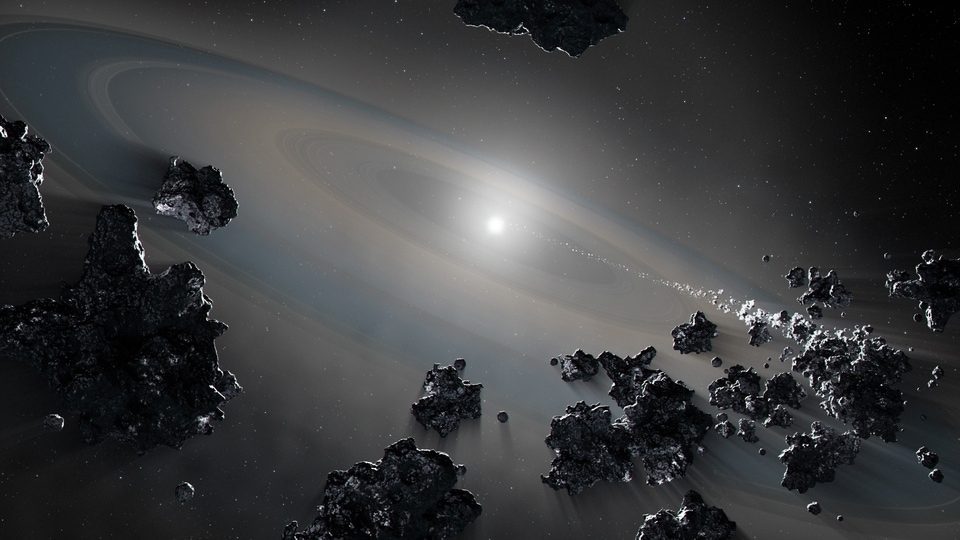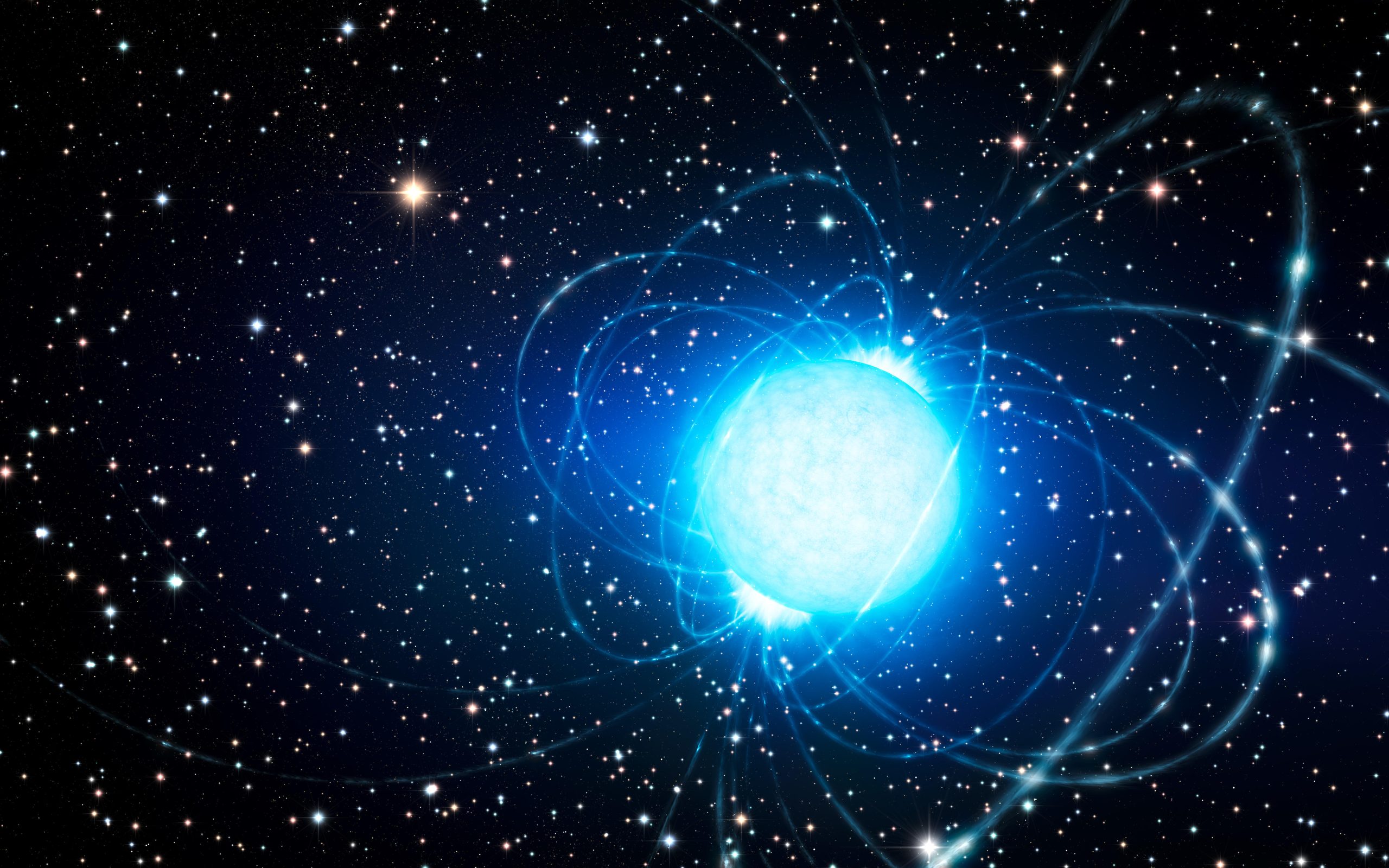In a recent study that was published in the journal Science, a group of researchers hypothesized that a dead magnetic star probably has a solid surface.Researchers from the University College London (UCL) discovered that heavily magnetized dead stars, also known as magnetars, generate X-ray light that shows they are solid objects devoid of atmospheres.
The study that was published in the journal Science used data from N.A.S.A’s Imaging X-ray Polarimetry Explorer (IXPE) satellite, which was launched last December.

It measures the polarisation of X-ray light in space and the direction in which it wiggles. In this study, the team examined IXPE’s observation of magnetar 4U 0142+61. It is located in the Cassiopeia constellation, 13,000 light years from Earth. The study was the first to observe polarized X-ray light from a magnetar.
Supernovae
Massive stars that reach the end of their lives explode as supernovae and leave behind neutron stars. In contrast to other neutron stars, their magnetic fields are the strongest in the universe. These stars are renowned for their irregular activity cycles, which are accompanied by intense X-ray flares and bursts of energy that are millions of times more potent than those created by our Sun each year in a single second. They are thought to be propelled by magnetic fields that are incredibly intense, unlike typical neutron stars. The research team concluded that X-rays travelling through an atmosphere would generate a significantly higher percentage of polarized light. Since the electric fields are only vibrating in one direction, polarized light is light that has all of its wiggles travelling in the same direction. The atmosphere acts as a filter, limiting the amount of polarization.

Theoretical models
The team also discovered that light particles with higher energies have their angle of polarisation flipped by 90 degrees. It is interesting to note that theoretical models predicted something similar if a star had a solid crust surrounded by an external magnetosphere. Prof. Silvia Zane, who is the co-lead author and a member of the IXPE science team, explained that this was entirely unexpected. In fact, scientists were convinced that their observations would definitely reveal the existence of an atmosphere. But this was not the case. Similarly to how water would turn to ice after reaching a tipping point, the star’s gas has solidified. The star’s magnetic field is extremely strong, causing this.

90-degree swing
“But, as with water, the temperature is also an imperative component. Hotter gas will need more magnetic field strength to solidify.” Observing hot neutron stars with similar magnetic fields would help scientists better understand this process. Researchers wanted to understand how the star’s surface properties are affected by the interaction between temperature and magnetic field. Professor Roberto Taverna, the lead author of the study from the University of Padova, said the most fascinating feature was the 90-degree swing in polarisation direction with energy.
NEWSLETTER
Never miss a news release from the Curiosmos team.
In agreement with theory
“This agrees with what theoretical models predict and confirms that magnetars are indeed endowed with ultra-strong magnetic fields.” There are two directions in which polarised light is produced in a strongly magnetized environment, parallel and perpendicular to the magnetic field. These two directions are the directions in which light propagates according to quantum theory. When polarization is observed, it reflects the magnetic field structure and the physical state of matter surrounding a neutron star. This provides information that was not otherwise possible. It is expected that photons (particles of light) polarized perpendicularly to the magnetic field dominate at high energies. This leads to the 90-degree polarisation swing observed.

The atmospheres
As honorary professor at the Mullard Space Science Laboratory at UCL, professor Roberto Turolla explained, polarization at low energies indicates that the magnetic field of a star is probably strong enough to cause its atmosphere to condense, a phenomenon called magnetic condensation. Magnetic fields hold together the ions forming the star’s solid crust. Magnetic fields would cause atoms to elongate in the direction of the magnetic field instead of being spherical. It is still debated whether magnetars and other neutron stars have atmospheres. Despite this, this is the first observation of a neutron star providing a reliable explanation for its solid crust.
© 2022 Petri Pixel. All rights reserved. This material may not be published, broadcast, rewritten or redistributed without permission.
Astronomy








